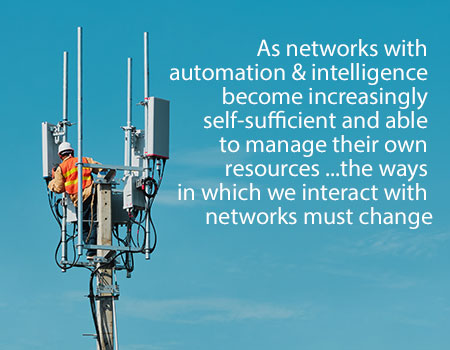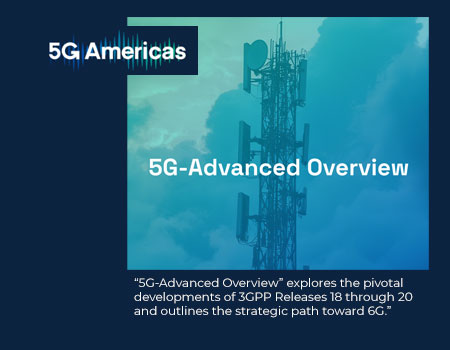By 3GPP RAN3 Leadership: Yin Gao, Angelo Centonza, Gen Cao
First published June 2025, in Highlights Issue 10
Working Group RAN3 completed Rel-18 normative work in Q4 2023, while Rel-19 work items started in Q2 2024 and normative work is ongoing. Data collection enhancements and signaling support over existing 5G network interfaces are specified in the Rel-18 AI/ML for NG-RAN Work Item (WI) based on the study carried out in 3GPP Rel-17 and optimization.
Figure 1. Functional Framework for RAN intelligence
A framework for RAN intelligence has been described in 3GPP TR 37.817, as shown in Figure 1. The Data Collection function provides input data to Model training and Model inference functions. Examples of input data may include measurements from UEs or different network entities, feedback from Actor, output from an AI/ML model. Achieving efficient and valid data collection and management is the key to guaranteeing good performance of AI/ML training and inference in both 5G and 6G.
After the completion of Rel-18 AI/ML WI, a new study item is launched in Rel-19 to investigate AI/ML support for new use cases, namely Network Slicing, Coverage & Capacity Optimization (CCO). The study also considers the support of objectives that were not fulfilled in Rel-18; including continuous MDT collection - targeting the same UE across RRC states, mobility optimization for NR-DC and split architecture support.
A new Work Item was triggered in RAN3 for Rel-19 on AI/ML for NG-RAN, resulting from the related Rel-19 study. It concentrates primarily on three key objectives: AI/ML-assisted Network Slicing, AI/ML-assisted CCO and the Rel-18 leftovers identified during the study phase. For AI/ML-assisted Network Slicing, RAN3 has specified predicted slice-level information within the Data Collection procedure as well as collection of per slice UE performance feedback information. Regarding AI/ML-assisted CCO, enhancements have been made by introducing future CCO states and associated predicted CCO issues into the Xn and F1 interfaces. Additionally, concerning split architecture support, an agreement has been reached to transfer measured EC from the gNB-DU to the gNB-CU, while discussions are ongoing on how to enable transferring of UE performance feedback from the gNB-DU and gNB-CU-UP to the gNB-CU-CP. Furthermore, an identifier has been incorporated into the Dual Connectivity procedure to trigger the collection of UE performance metrics in support of NR-DC use cases.
On Continuous MDT, RAN3 triggered a Liaison Statement (LS) exchange with WG SA5, continuing the discussion on solution design. RAN3 emphasized that solutions developed for continuous MDT should minimize the impacts on the existing Management-Based MDT framework and should enable correlation of MDT measurements collected form the same UE while moving across different RRC states.
There have been some discussions on the potential Rel-20 AI/ML for NG-RAN for 5G-A during RAN#106 (Madrid, December 2024). A Way Forward was endorsed stating that Rel-20 AI/ML for NG-RAN for 5G-A should be based on the current 5G architecture and interfaces. While potential new AI/ML based use cases including QoE Optimization, Network energy saving and Mobility (including Multiple-hop target node UE trajectory) need to be down-scoped in the June 2025 RAN plenary (RAN#108), taking the 5GA Rel-20 RAN3 available Time Units (TUs) into account.
AI for the Network or a Network for AI?
In general, there are two aspects discussed: AI for Network (AI4Net) and Network for AI (Net4AI). AI4Net pertains to the scenario where AI/ML serves to empower the network. In this context, AI technologies are harnessed to enhance and optimize the performance and management of wireless networks. The overarching objective of AI4Net is to capitalize on AI to boost network efficiency, stability and ultimately the network performance and user experience.
The above RAN3 led AI/ML for NG-RAN projects aim to fulfill such purpose. On the other hand, Net4AI refers to the situation where the network plays a role in empowering AI/ML. Here, wireless networks are employed to support and enhance the operation and performance of AI/ML services. Through the optimization of network architecture, data collection and transmission technologies, the intention is to offer robust network support for AI/ML services. Those two aspects will guide the design principles of 6G networks integrated with AI/ML.
As we look to the future of 6G networks, from mobile connectivity to the Internet of Everything, and ultimately to the intelligent connectivity of all things, 6G will signify a considerable leap forward. It will transcend the basic connection of people and things to empower the efficient interconnection of intelligent entities. This includes not only robots but also a wide array of intelligent devices, thereby ushering in a new era of seamless and intelligent communication anytime and anywhere, paving the way for autonomous systems such as smart city, smart low-altitude economies, smart transportation, smart education & healthcare, smart homes, as shown in Figure 2.
An example, to demonstrate the advances to be seen in the 6G era, warehouses will be a part of the smart city scenario, with warehousing robots across different types of categories, e.g., AGV(Automated Guided Vehicles) robots, palletizing robots, sorting robots, AMRs (Autonomous Mobile Robots), all adapting to different scenarios. Due to their different capabilities and the different requirements in warehousing, these robots will work together, making task related real-time judgments about environmental changes affecting their work.
Another example is smart healthcare at home and hospital. Personal wearable devices can continuously monitor health status and interact with devices like blood pressure monitors and weighing scales, while also integrating with XR-based remote healthcare. In hospital settings, it will extend to more specialized medical equipment, such as in smart wards, where intelligent hospital beds will work in conjunction with advanced diagnostic and treatment devices, intelligent medical communication systems, and automated caregiving robots. Flexible selection and management of variants of intelligent devices in a collaborative way for on-demand medical treatment request can be imaged in the future.
It is worth noting that how to integrate developing AI technologies, such as Agentic AI with 6G network, is a promising topic to be investigated when 3GPP starts the discussion on the overall 6G RAN architecture, with related use cases and solutions. How to achieve cross-layer data collection and management within the 3GPP system including UE/RAN/CN and enable information exchange between the application layer and the 3GPP system is also a promising topic to be studied.
Figure 2. Potential AI/ML applications of 6G
In conclusion, during the 5G era, we transitioned from the traditional reactive paradigm, such as Self-Organizing Networks (SON), to a more proactive AI/ML approach. As we stand on the cusp of the 6G era, AI/ML is to be further integrated with wireless communication technologies so as to permeate different protocol layers and support multiple functionalities. 6G networks will enable interactions and collaboration among a collection of AI aware entities which will have the potential to bring tangible benefits to our society.
Simultaneously, it is crucial to acknowledge the challenges that lie ahead, particularly data security and system energy efficiency. These issues are not confined to RAN3 alone, all 3GPP WGs will play an active role in addressing these challenges.

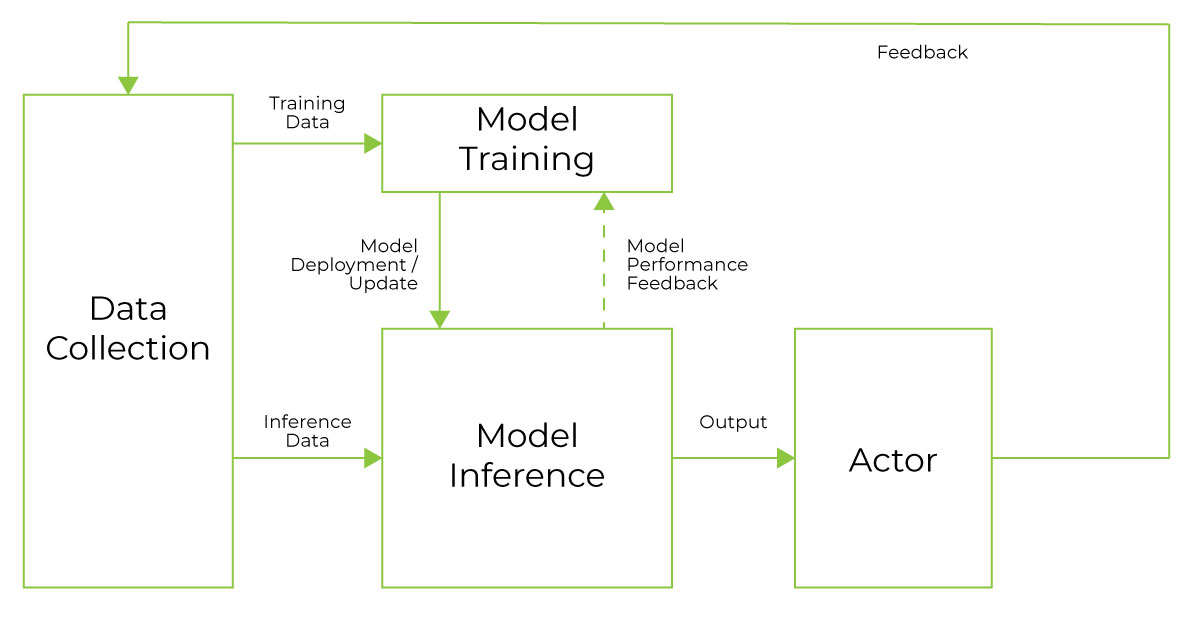
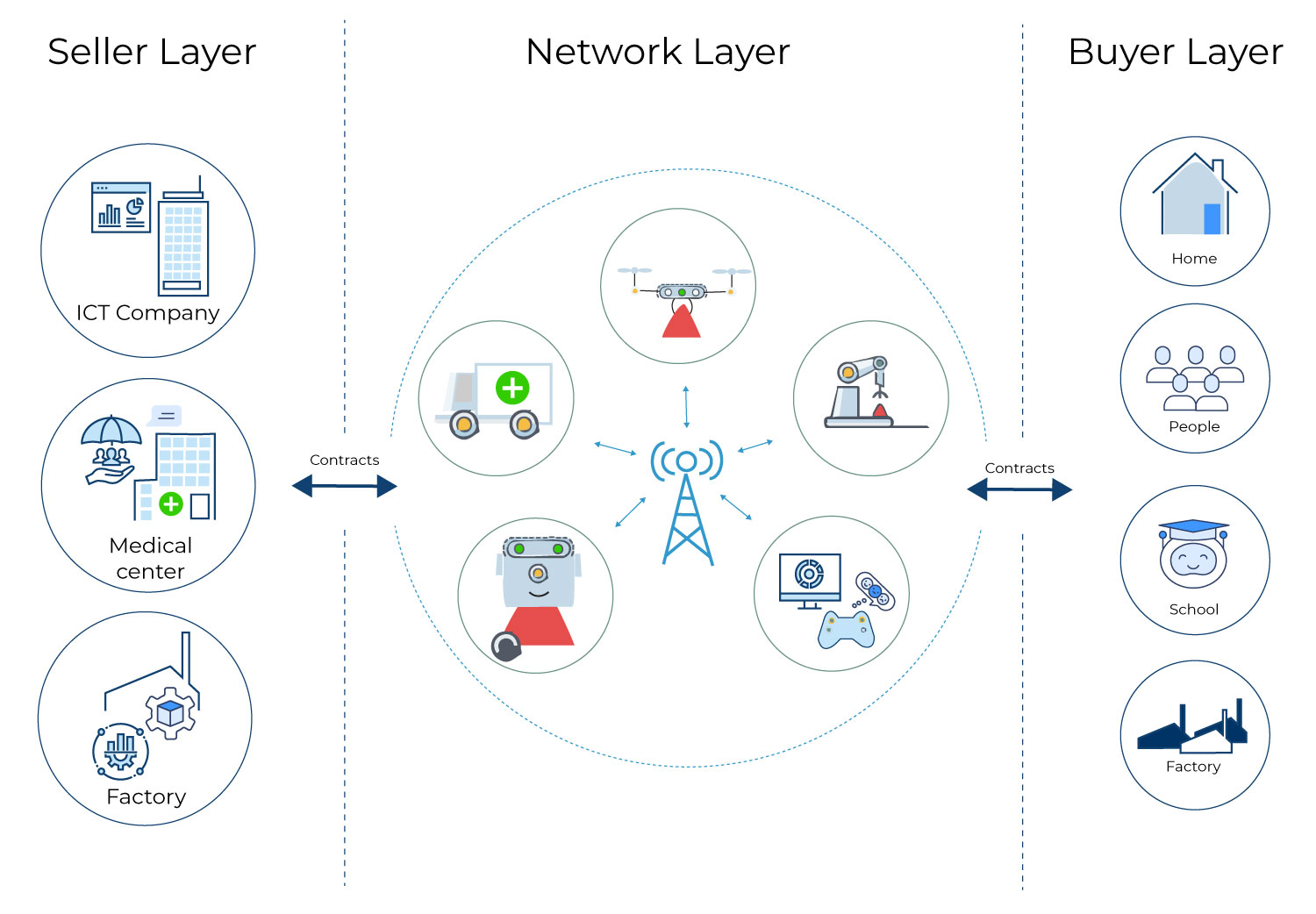
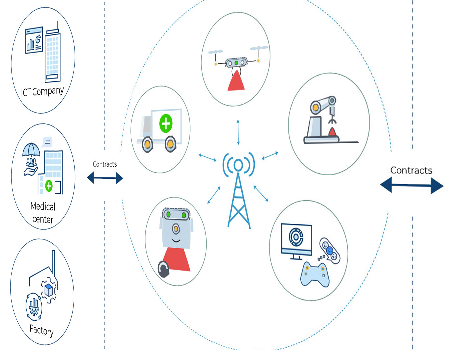
 Technology
Technology
